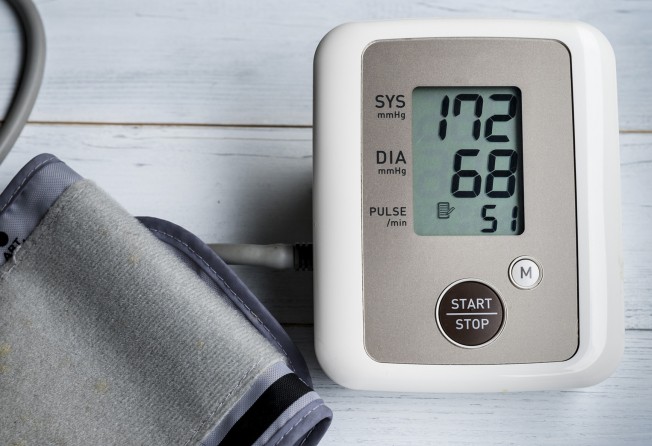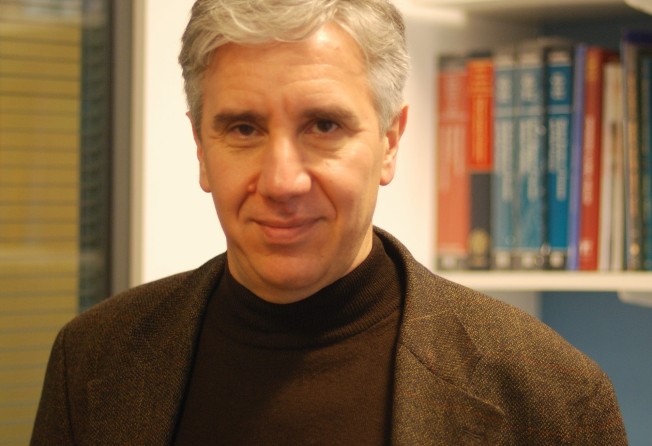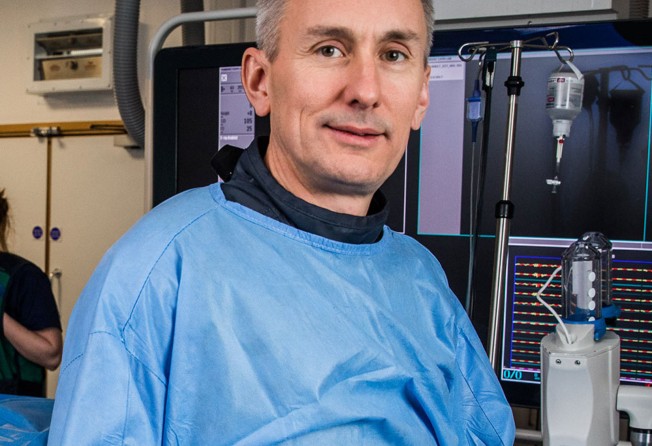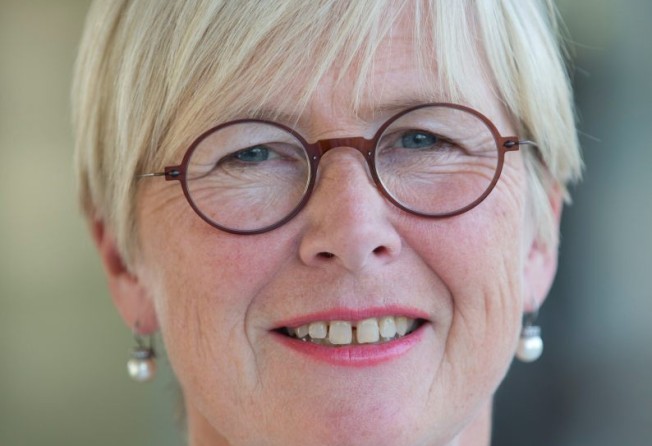
When was the last time you were checked for high blood pressure? Cases have more than doubled in the past 30 years and half go untreated, study shows
- Hypertension is easily diagnosed by monitoring blood pressure, and can be treated with low-cost drugs, but nearly half the people who have it don’t know they do
- Your genes affect whether you will suffer it, but most risk factors – unhealthy diets, physical inactivity, and tobacco and alcohol consumption – are modifiable

The number of people living with high blood pressure – about 1.3 billion globally – has more than doubled since 1990, according to a major study published this week. About half of all sufferers went untreated in 2019.
Also called hypertension, it is a silent killer often driven by obesity, is directly linked to more than 8.5 million deaths each year, and is the leading risk factor for stroke, heart, liver and kidney disease.
To find out how rates of hypertension have developed globally over the past 30 years, an international team from Non-Communicable Disease Risk Factor Collaboration (NCD-RisC), which works closely with the World Health Organisation (WHO), analysed data from more than 1,200 national studies covering nearly every country in the world.
They used modelling to estimate high blood pressure rates across populations, as well as the number of people taking medication for the condition.

The analysis found that in 2019 there were 626 million women and 652 million men living with hypertension. This represented roughly double the estimated 331 million women and 317 million men with the condition in 1990.
Hypertension can be easily diagnosed by monitoring blood pressure, and treated with low-cost drugs. The analysis found that 41 per cent of women and 51 per cent of men with high blood pressure were unaware of their condition, though, meaning hundreds of millions of people were missing out on effective treatment.
“Despite medical and pharmacological advances over decades, global progress in hypertension management has been slow, and the vast majority of people with hypertension remain untreated,” said Majid Ezzati from Imperial College London and senior study author.
In the analysis, published in The Lancet medical journal, Canada and Peru had the lowest proportion of high blood pressure among adults in 2019, with around one in four people living with the condition.
In Hong Kong, a Department of Health survey in 2014 found 27.7 per cent of people aged 15 to 84 who were not living in hospitals or other institutions had hypertension.

Taiwan, South Korea, Japan, Switzerland, Spain, and Britain had the lowest hypertension rates in women – less than 24 per cent – while Eritrea, Bangladesh, Ethiopia, and the Solomon Islands had the lowest rates in men, at less than 25 per cent.
At the other end of the spectrum, more than half of women in Paraguay and Tuvalu had hypertension; over half of men in Argentina, Paraguay, Tajikistan also have the condition, the analysis showed.
Authors of the research said it showed an urgent need to boost high blood pressure diagnosis and access to treatment. Fewer than one in four women and one in five men globally are being treated for their condition.
Bente Mikkelsen, director of the WHO’s department of noncommunicable diseases, said apart from genetic risk factors for hypertension, there are “modifiable risk factors” linked to lifestyle.
These include unhealthy diets, physical inactivity, tobacco and alcohol consumption, uncontrolled diabetes, and being overweight, she said. Referring to obesity, she said: “This is really the tsunami of the risk factors.”
Robert Storey, professor of cardiology at the University of Sheffield in the UK, said Covid-19 had distracted governments from the reality of hypertension.

About 17.9 million people died in 2019 from cardiovascular diseases, accounting for one in three global deaths, with hypertension a major factor, according to the WHO.
“The pandemic of cardiovascular disease has received less attention in the last 18 months but reflects concerning worldwide trends in unhealthy lifestyle choices such as high fat, sugar, salt and alcohol intake, sedentary lifestyles with avoidance of exercise, and smoking,” said Storey, who was not involved in the study.
“It is essential that best practice in government policy is adopted by all countries to avoid a time bomb of heart disease and stroke.”
Additional reporting by Reuters

Blood pressure by the numbers
Blood pressure is the force circulating blood exerts against the walls of the arteries. Hypertension is when blood pressure is too high.
Blood pressure is written as two numbers. The first (systolic) number represents the pressure in blood vessels when the heart contracts or beats. The second (diastolic) number represents the pressure in the vessels when the heart rests between beats.
The WHO says hypertension is diagnosed if blood pressure readings are 140/90 or above on two different days.